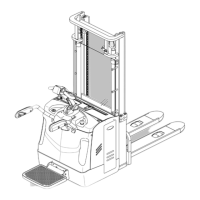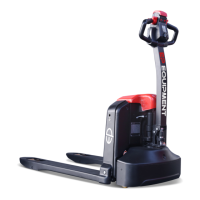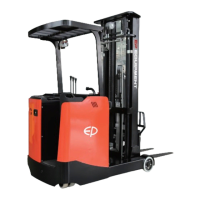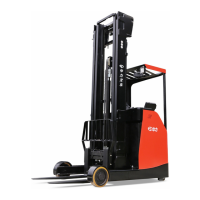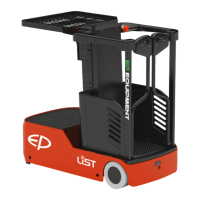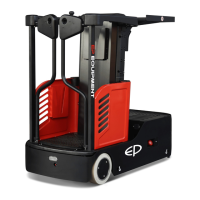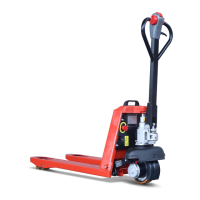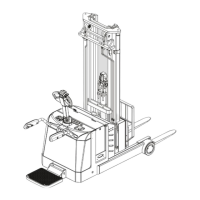What to do if my EP Equipment ES16-RS does not start?
- FfschneiderAug 4, 2025
If your EP Equipment Trucks won't start, here's what you should check: * Ensure the battery connector is properly connected. * Verify the key switch is in the 'I' position, not '0'. * Check the battery charge and charge if necessary. * Test the fuses. * Make sure the truck is not in charge mode; interrupt charging if it is.
